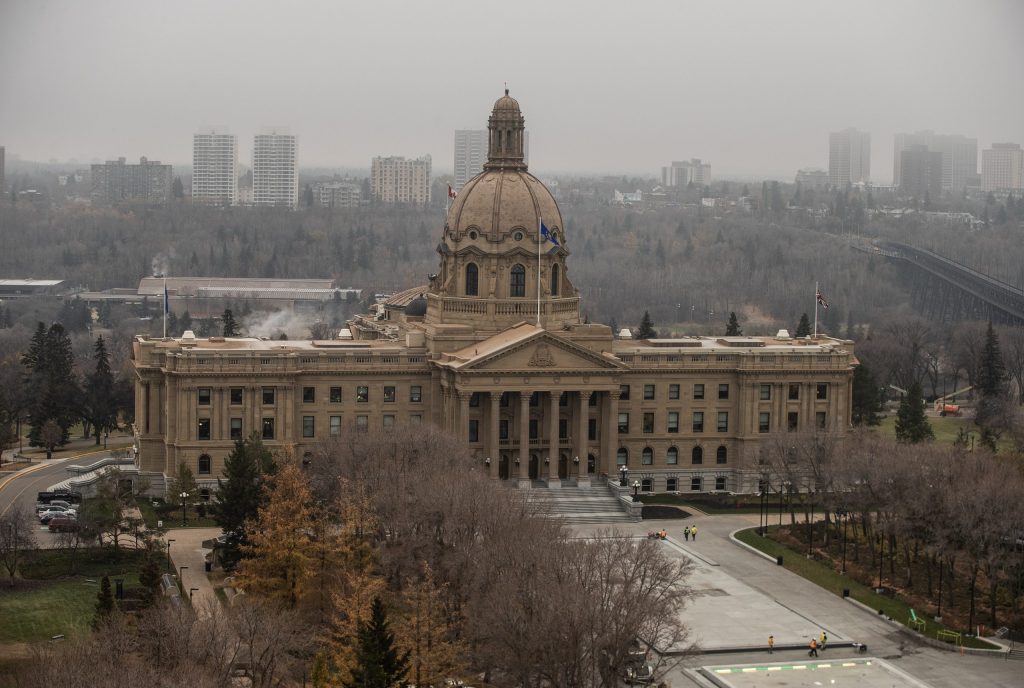How do border communities navigate inter-provincial travel recommendations?
Posted Apr 21, 2021 5:12 pm.
Last Updated Apr 21, 2021 5:28 pm.
EDMONTON (CityNews) — The B.C. government is encouraging Albertans to stay away as COVID cases spike. But what does it mean for communities that sit right near the border?
Dawson Creek, B.C., is a hot stop for many Albertans. But lately, it’s been a hot spot for COVID-19.
“Our rate of infection is 550 per 100,000 population,” said Dawson Creek Mayor Dale Bumstead. “The next closest in B.C. is 400.
Mayor Bumstead is welcoming efforts by the provincial government to slow the spread of the novel coronavirus.
That plan includes signs at the Alberta border — an area where the geographical divide is all but invisible — to discourage all non-essential travel into British Columbia.
READ MORE: B.C. COVID-19 travel restrictions ‘logistical nightmare’ says political analyst
“We’re fifteen kilometres by road to the Alberta border,” said Bumstead. “Our friends in county of Saddle Hills, county Grande Prairie, they come to Dawson Creek for their trade, their retail, their medical, their work, and vice versa.”
The community weathered the first two waves relatively well. It’s this latest one that has caused significant concern.
“Almost one entire shift impacted at the fire department, was into our RCMP, into our public works, into our city hall,” said the Dawson Creek mayor. “You’re talking about public health, but then you’re talking public safety as well.”
Bumstead hopes the border restrictions won’t impact those who work in the energy, agriculture, and forestry sectors just across the divide. And unlike some instances in Ontario and Quebec, the mayor doesn’t foresee stringent enforcement for those who defy the travel recommendation.
“Honestly, we’re not looking for confrontation, we’re not looking for conflict,” he said. “We’re trying to help our community be safe and we’re just asking everyone to take that into consideration.”
The restrictions have ebbed and flowed for this border community for the past year, often depending on the rules next door.
“We were seeing people coming in from Grande Prairie on a Friday night, a Saturday night for dinner because we weren’t restricted at that time.”
READ MORE: B.C. employers should ease worker worries over COVID road checks: expert
Bumstead’s children and grandchildren live just on the other side of the provincial boundary, but he hasn’t seen them in more than a year. He says he doesn’t want to wait another year to be over.
“The sooner we get more needles into more arms, the sooner that we can lessen the risk of the spread and the impact to our health system.”








